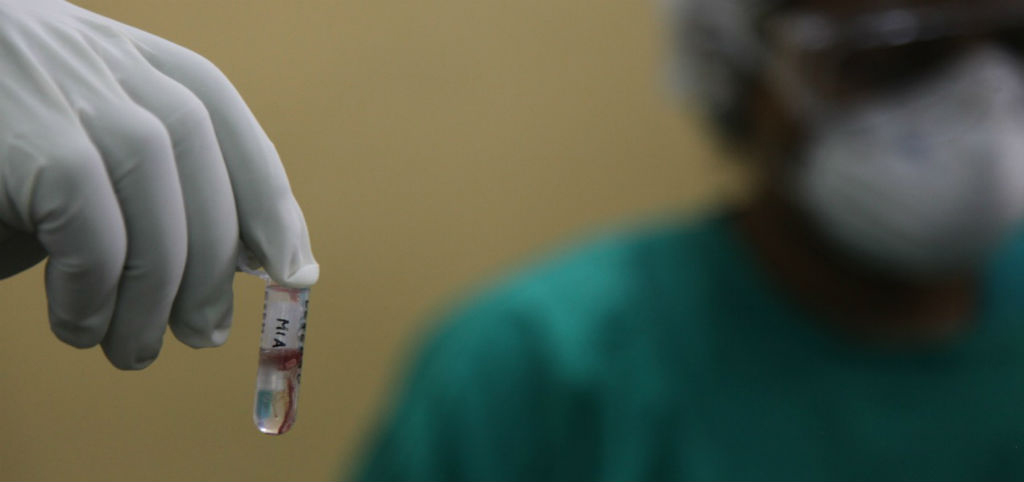The Child Health and Mortality Prevention Surveillance (CHAMPS) network published in 2020 its initial scientific findings, providing reliable data on the causes of death in children under five years of age and stillborn foetuses in five settings in Africa and Asia. The study was co-led by the Barcelona Institute for Global Health (ISGlobal), together with Emory University in Atlanta and the US Centers for Disease Control and Prevention.
Minimally invasive autopsies were performed on 933 deceased neonates, children <5 years of age and stillborn foetuses at five sites in Bangladesh, Kenya, Mali, Mozambique and South Africa. This autopsy method, developed several years ago by ISGlobal, allows the cause of death to be determined with high precision through the analysis of postmortem tissue samples.
Notably, the authors of the study were able to describe the entire chain of events leading to death. Two or more conditions were identified in the causal chain for 63% of cases and infection contributed to death in 54% of cases. One of the key features of this study is the granularity of the data we obtained. We were able to identify the infectious pathogens involved and associate them with the histopathological abnormalities observed in the organ tissue. This gave us an almost threedimensional picture of the processes that led to death, and in a less invasive way than conventional autopsy techniques.
The high prevalence of Klebsiella pneumoniae in a considerable number of cases of pneumonia, sepsis and meningitis was a key finding of the study. This information could drive the development of new tools and strategies for the prevention or treatment of this pathogen.
A detailed understanding of all the factors involved in child deaths is essential to estimate the burden of disease, track global progress and develop efficient, cost-effective and, most importantly, evidencebased policies to combat child mortality. The CHAMPS studies will mark a turning point in these efforts, since they provide crucial information for the design and implementation of life-saving health interventions.
